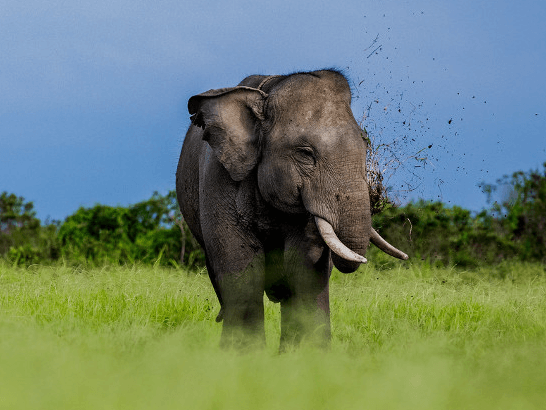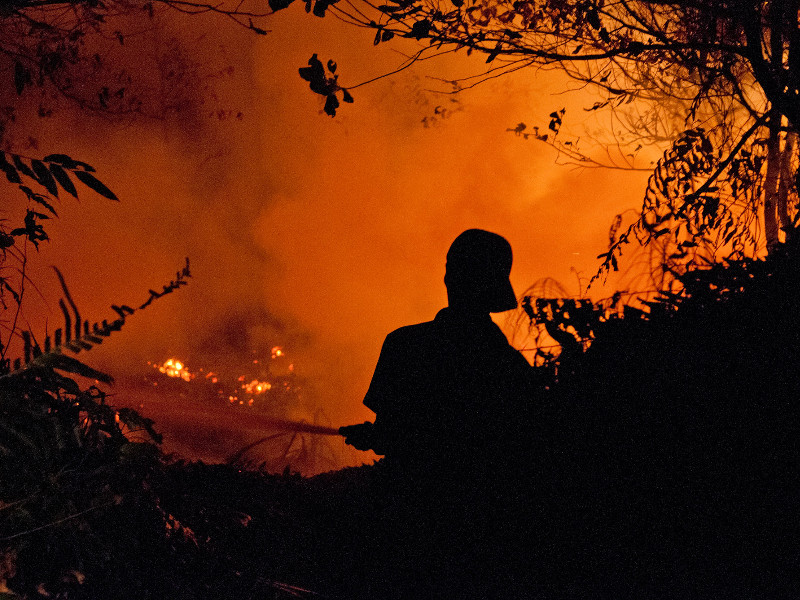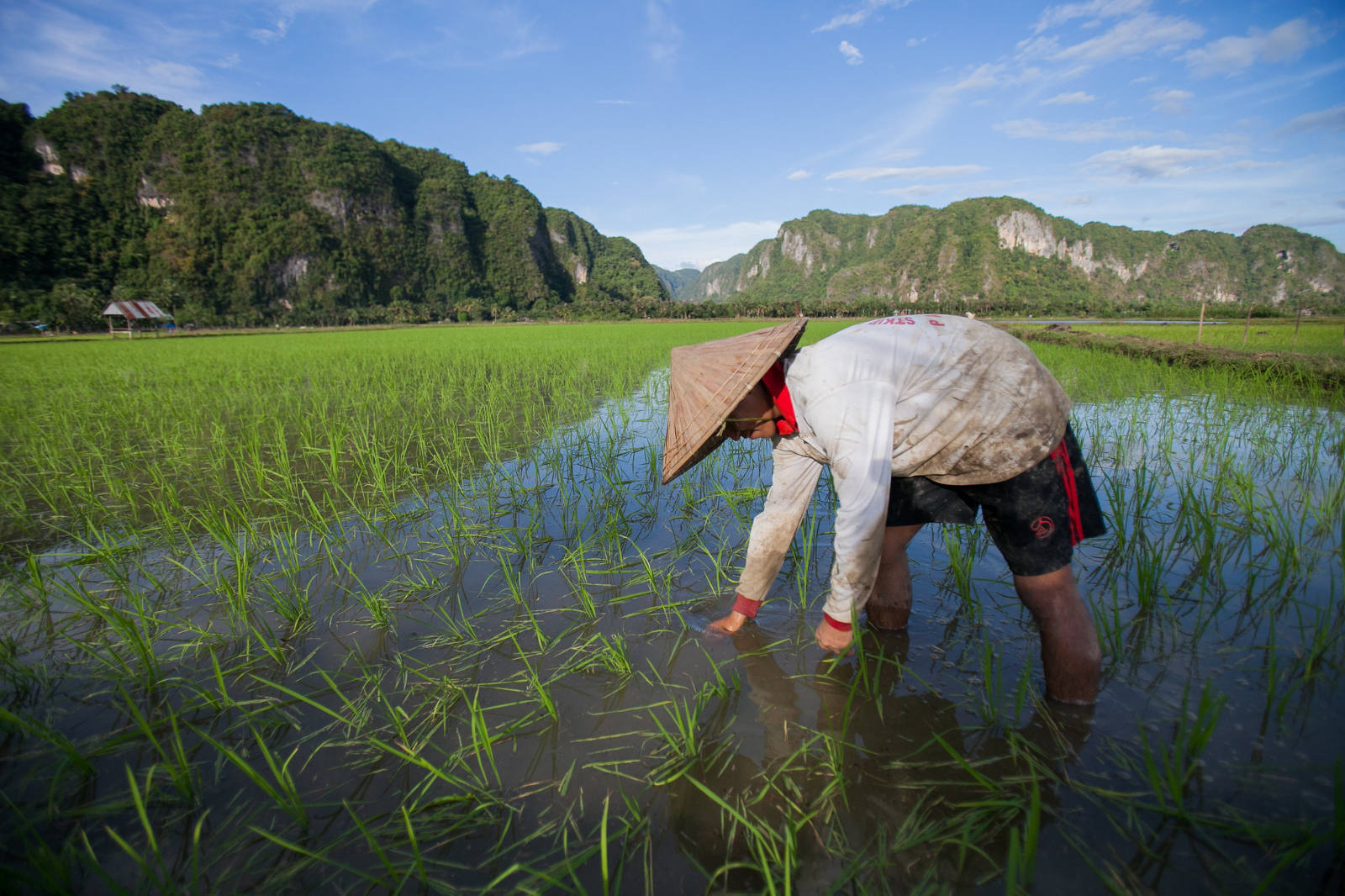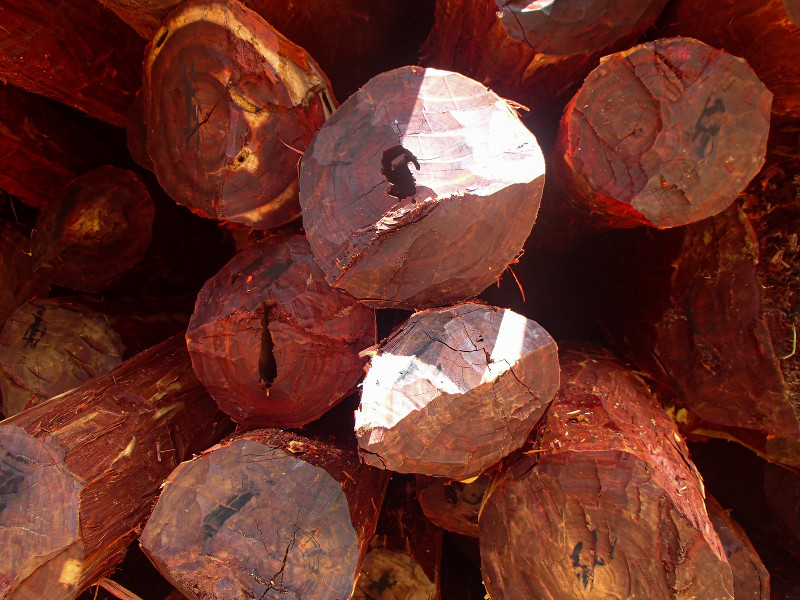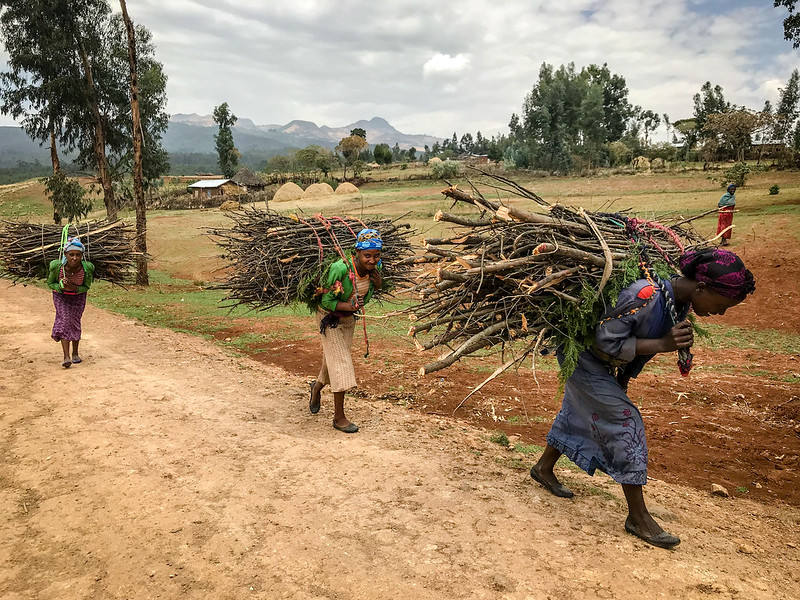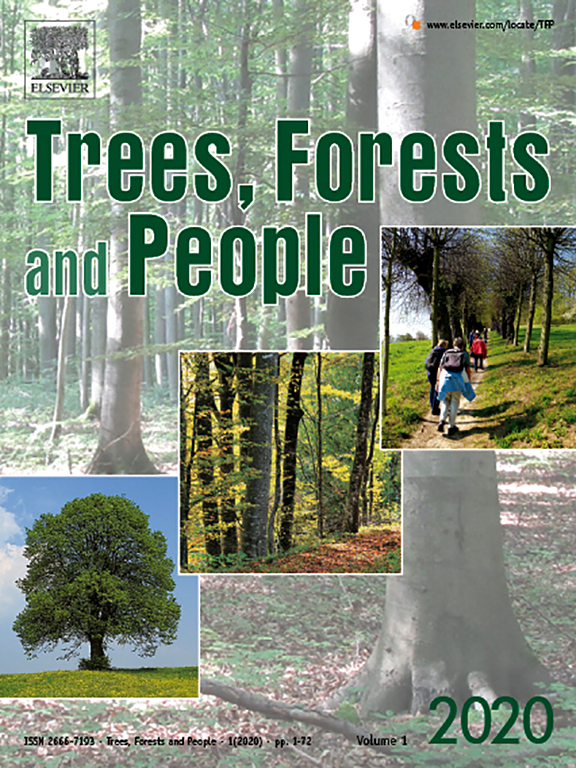Peatlands are vital ecosystems for environmental regulation but also support the livelihoods of local people. However, anthropogenic activities are leading to peatland degradation and reduction of ecosystem services. Understanding this complex relationship between people and peatlands is key for effective management. This study investigated how socio-economic conditions influenced local knowledge and practices of peatland protection in the Sungai Kiyap-Sungai Kampar Kiri Peatland Hydrological Unit, Riau Province, Indonesia. Twelve socio-economic factors including demographics, livelihood strategies, and resource accessibility were obtained from local people using a semi-structured questionnaire during May – June 2023. Household knowledge and practices, including valuation of peatland importance, threats, and community participation in protection schemes were measured. Findings showed moderate to high levels of knowledge of peatland characteristics and importance, but a distinct gap between knowledge and practice, especially on sustainable agriculture. Age, education, and training/workshop attendance determined knowledge levels, whereas length of residence and household income influenced peatland protection. Key recommendations to bridge the knowledge-practice gap included dissemination of best management practices, diversifying local-initiative livelihood options, scaling up successful sustainable agriculture, and providing financial incentives. Finally, mutual collaboration and long-term commitment among community groups were essential for information exchange and developing innovative approaches to sustain connectivity between peatlands and people.
DOI:
https://doi.org/10.1016/j.tfp.2025.100800
Dimensions Citation Count:

Publication year
2025
Authors
Yunus, M.; Pagdee, A.; Baral, H.
Language
English
Keywords
peatlands, community involvement, socioeconomic development, sustainable agriculture, socioeconomic environment, ecosystem management, livelihoods, local communities
Geographic
Indonesia











